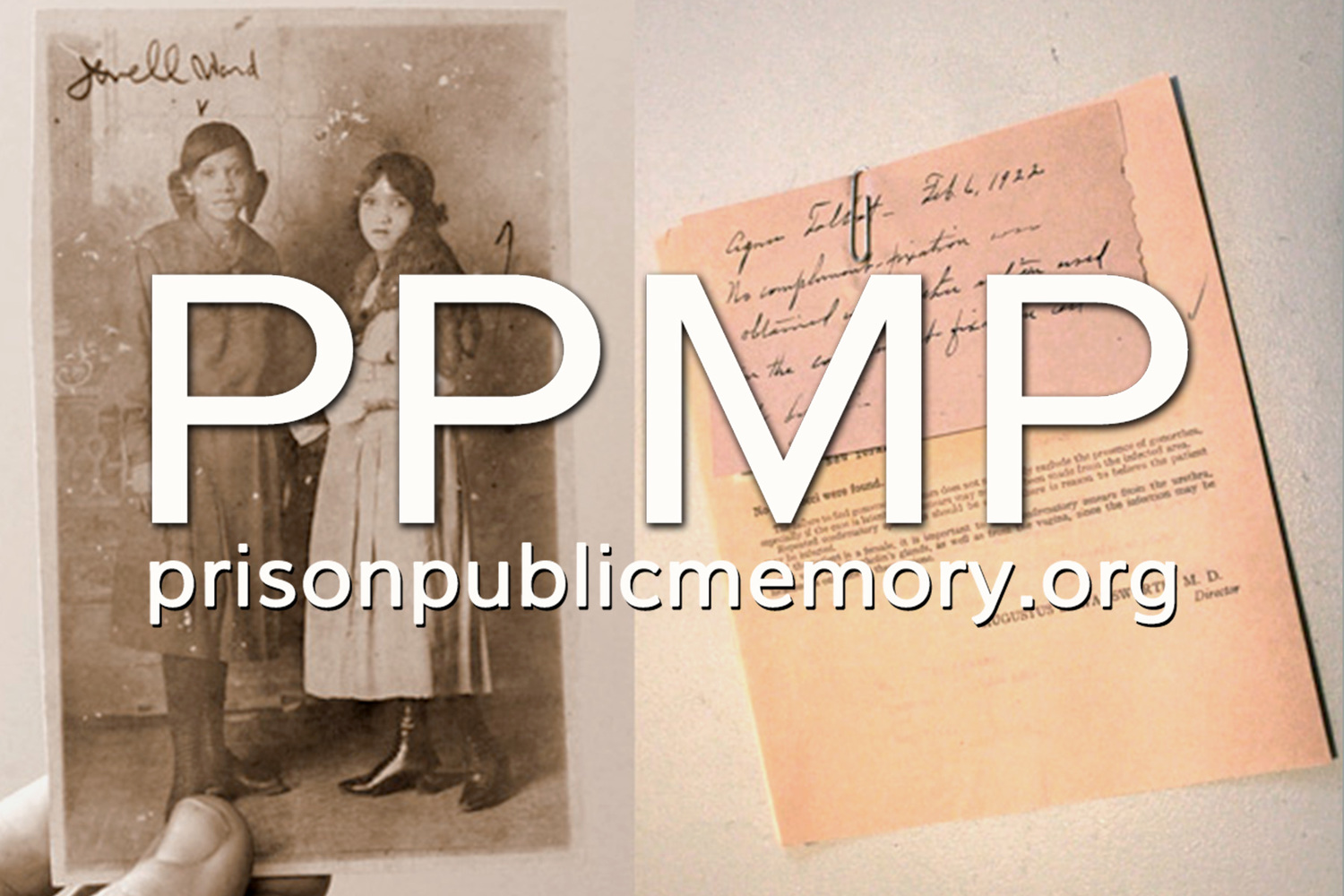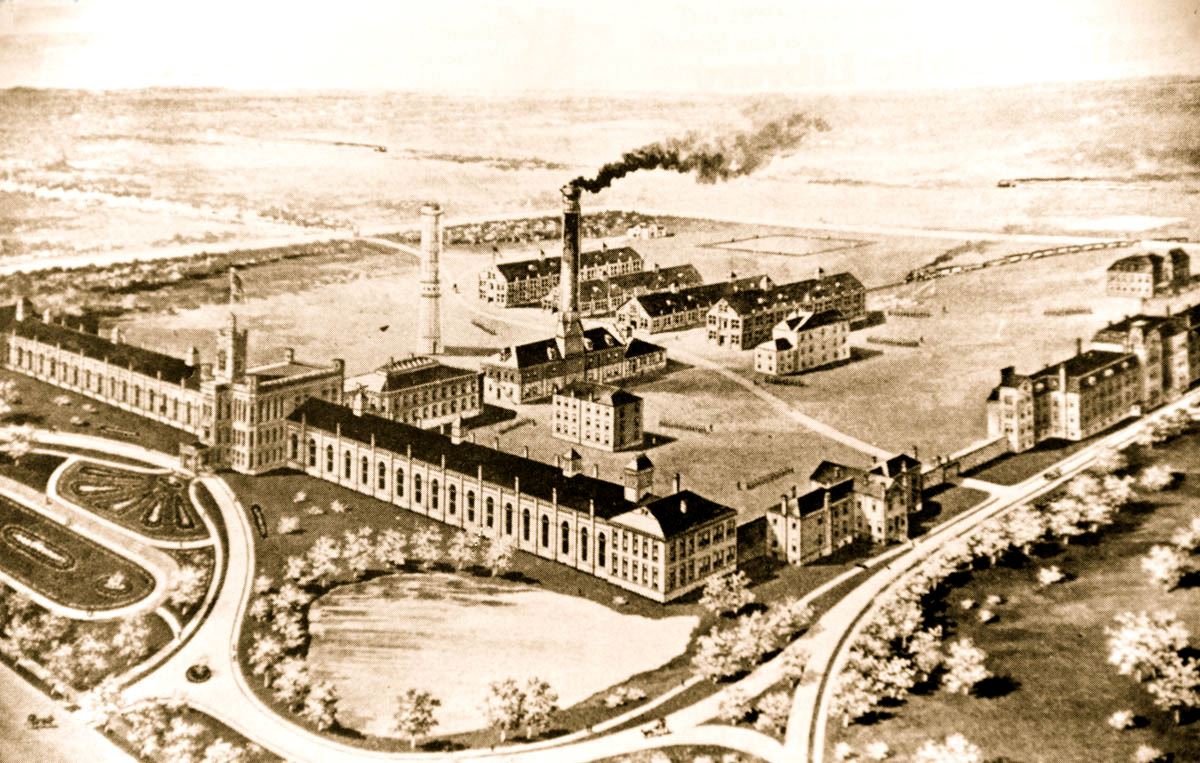Prison Memory Work Hits The News In Pontiac, Illinois
/Prison Public Memory Project’s work in Pontiac, Illinois was recently featured in the Pontiac Daily Leader, the local newspaper in Pontiac, Illinois.
Tracy Huling (left) and Sarah Millender (right) view historical postcards of the prison in Pontiac with postcard collector and City Council member, Don Hicks.
Prison Public Memory Project Founder/Director Tracy Huling and summer intern Sarah Millender were interviewed this summer for a front-page article in the Pontiac Daily Leader, the local newspaper in Pontiac, Illinois. The article was published on June 29th, 2017. Pontiac is the first Midwest site of the national Prison Public Memory Project. Below is an excerpt of the article, “Looking to Keep Pontiac Prison in Historical View”. Huling describes the importance of working with communities to document the history of the prisons they host. Millender talks about her own interest in history and desire to make prison history interesting to others.
At the very fringe of municipal bounds, the Pontiac Correctional Center, an austerer complex of concrete, metal and people, quietly looms over the town — and no one really notices. It has become an important, if unspoken, part of the city’s symbiotic chain, providing jobs to local and transplants — while also housing some of the state’s most dangerous criminals.
It’s existence is, to some extent, incongruous with what’s become a sleepy tourist hotspot along a resurrected Route 66. And, with threats of its closure lingering yet in recent memory, its future remains cloudy.
Trying to untangle the prison from the thick, complex web that is the Pontiac social, cultural, financial ecosystem so that its place in it might be understood is Tracy Huling. She is the founder and director of Prison Public Memory Project, an organization that seeks to build public memory about the complex (and occasionally controversial) roles prisons such as Pontiac Correctional Facility play in communities and, more broadly, society…
Huling and Millender’s work is not a private endeavor, however, as they look to involve the community in their work.
“One of the things we do is work with the community to document and interpret what we find, and then to share what we find,” Huling said.
The pilot site for the PPMP is Hudson, NY. Hudson — which bears the moniker of “The Friendly City” — is, itself, a quiet city with a population almost half that of Pontiac’s, and is home to Hudson Correctional Facility. Hudson’s own prison has shaped debate and legislation concerning penal reform and other such subjects, such as broad social and economic issues. And in this regard, Huling sees similarities between the two prison towns.
“This is a historical prison”, she noted. It’s history is very rich, it goes back a long way, it has had three or four different lives and it was significant in terms of criminal justice policy. What happened here has affected state criminal justice policy and has affected national criminal criminal justice policy. That’s one of the reasons why we chose Pontiac; it’s a very unusual place, both in terms of its community and the rich legacy of its prison."
***
Read the full article at pontiacdailyleader.com.
Illinois Boys Reformatory School, later Illinois State Reformatory, later Illinois State Penitentiary, and currently Pontiac Correctional Center in Pontiac, IL



